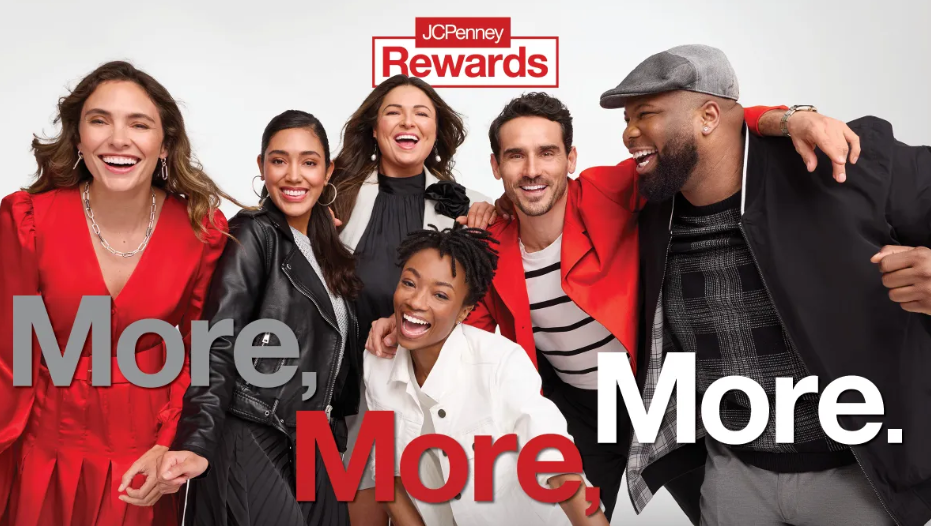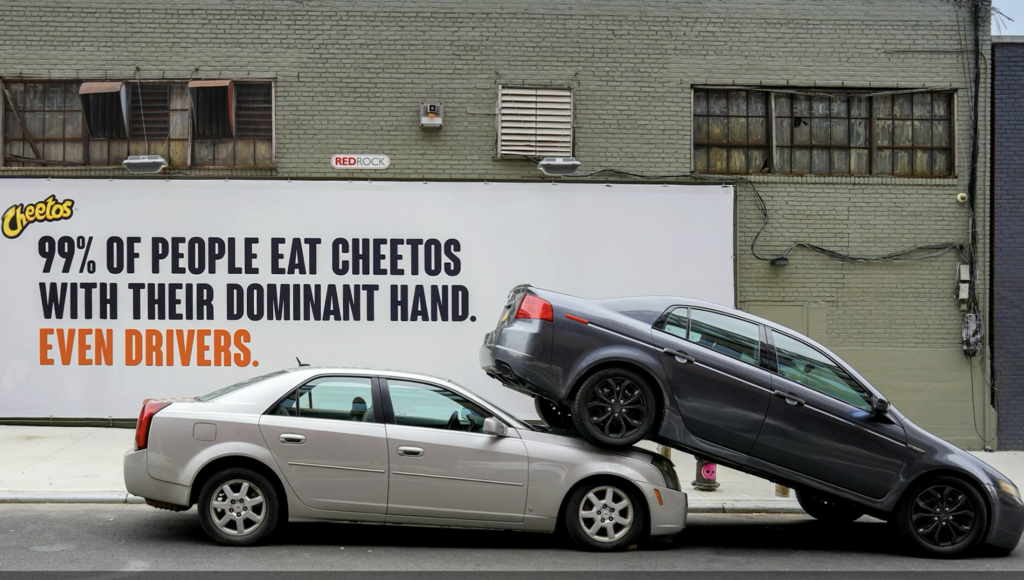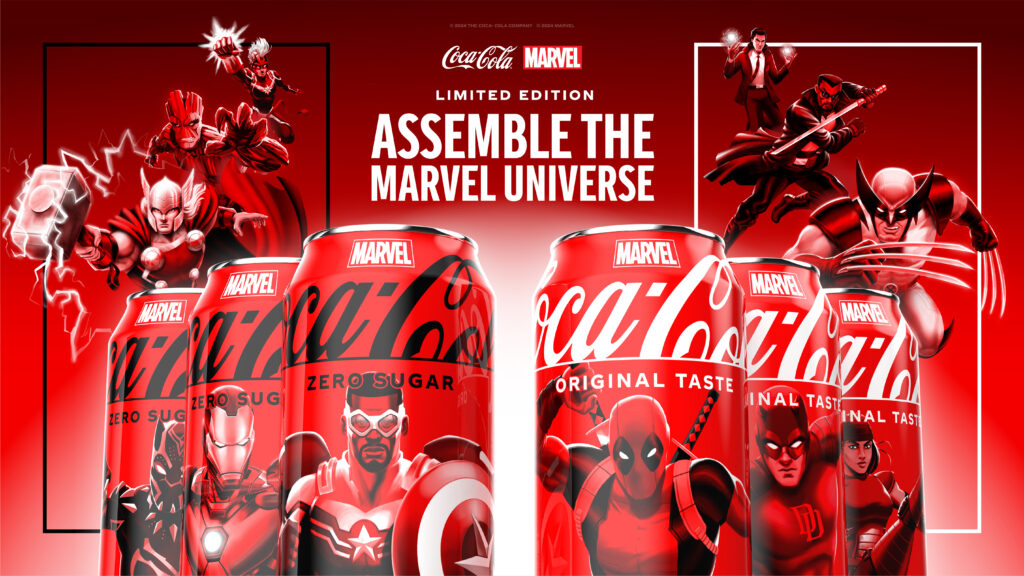As digital marketers, we must constantly navigate a graceful balance between impact and efficiency. While high-impact creative has the potential to drive meaningful engagement, it is traditionally expensive to produce and difficult to execute at scale. Standard banners, on the other hand, offer enormous reach potential, but the unfortunate reality is most consumers ignore them, reducing their effectiveness at engaging new audiences.
Banner ads came into existence in 1994. Since then, the programmatic pipes have seen significant innovations across targeting, measurement, standardization, adsafety, viewability, etc. But even as the pipes have become extremely sophisticated, consumers hardly notice the difference. We’ve been so obsessed with targeting the right person at the right time (and measuring what happens), that we’ve practically given up on one of our biggest levers: making those experiences matter. Consumers ignore banner ads because the user experience has not kept up with the rest of the internet. Think about this for a second – could you tell the difference between a 300×250 that you saw in 2010 vs one that you saw this morning? Scratch that thought -–you probably can’t even remember one that you saw 10 minutes ago.
That said, I don’t want to sound like I’m bashing programmatic advertising. As a channel, programmatic is an extremely efficient way to reach audiences at scale, with precise targeting and advanced measurement capabilities. There are literally tens of billions of daily advertising opportunities available – so obviously it is a component of most digital marketing strategies. It just feels like we’re playing Pong on our PS5. Banner ads are capable of so much more!
Meanwhile, stepping away from our ad tech bubble for a moment, social platforms have spent the past decade investing heavily and aggressively competing to deliver the best possible user experiences. As a result, social platforms have captured the majority of time spent on the internet and most brands have become social-first in terms of content creation. For emerging/D2C brands, social media is in their DNA! They buy ads on social before any other channel and there is a whole new world of born-on-social brands out there. The fact that in the past decade the walled gardens have gone from single digit to over 50% of digital ad spend is a strong indicator that putting the user experience first is a good business. The focus on content is key.
For brands, creating social media content is already a priority, whereas programmatic creative is often an afterthought. Imagine if we could marry the engaging user experience of social with the scale and efficiency of programmatic. Social media and programmatic traditionally live in separate organizational silos, but some innovative marketers are already finding ways to bridge the gap between social and programmatic. The fastest growing example of this is social display ads. Social display ads are authentic recreations of social media posts configured to deliver in programmatic environments using existing media buying systems. AdExchanger recently covered this trend featuring interviews with early adopters like Deckers. Brands cite improved performance, cost saving, and ease of activation as the reasons they are most excited about running social display ads.




